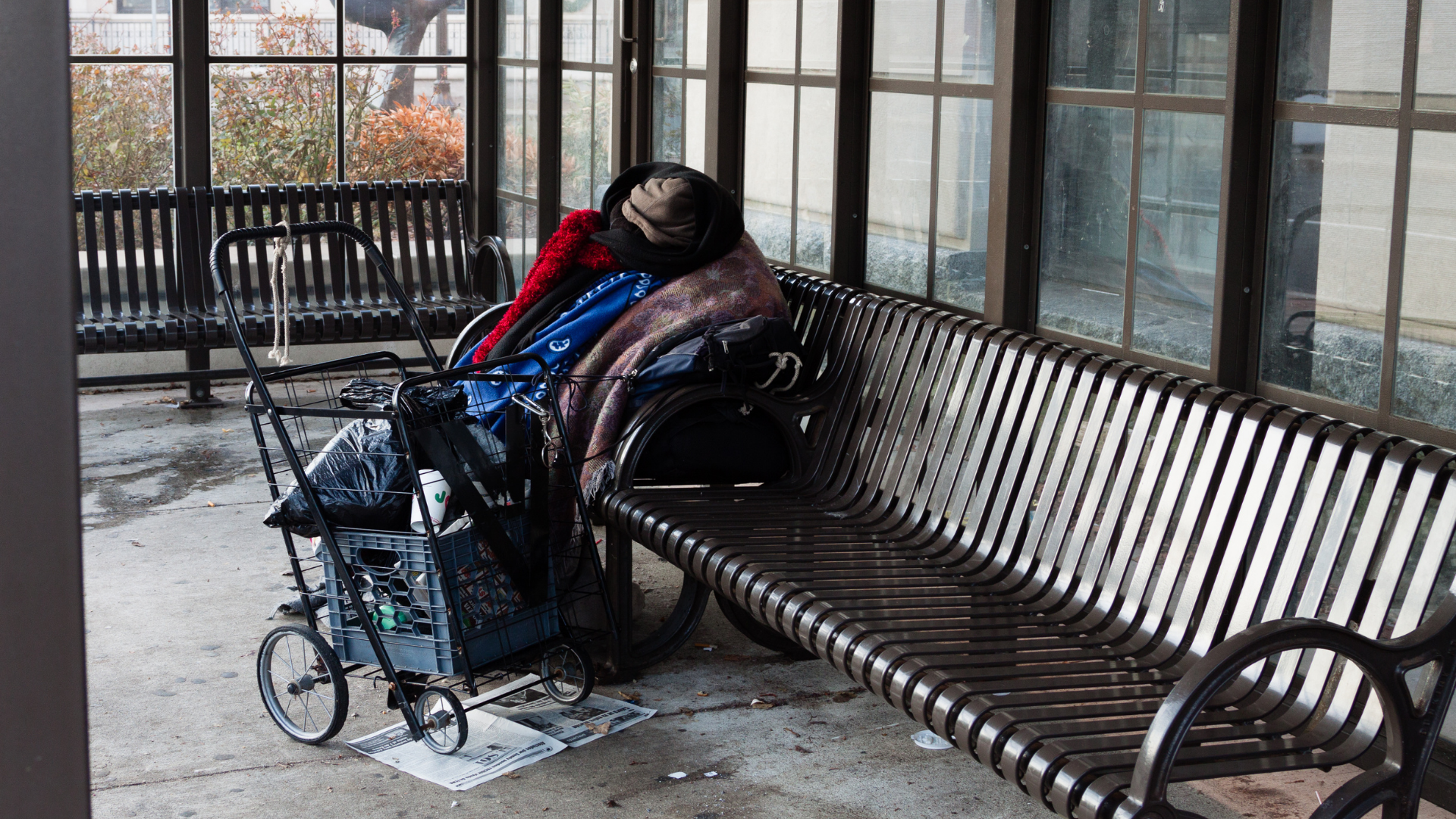It is now well over a year since the Coronavirus Act and the Everyone In initiative were put in place. Both massively changed how homeless people whether they were rough sleeping or at risk of losing their home were supported. In particular, the Act extended notice periods and put a stay on evictions from both the private and social rented sectors, while Everyone In looked to bring anyone sleeping on the street or supported but in COVID-19 unsafe accommodation into safe emergency accommodation.
The simple story of the year following March 25th/26th has been seen as one of success, partly because Everyone In has helped some 6 times the numbers expected when it was introduced. On the other hand, the number of family households in local authority procured temporary accommodation has stayed roughly constant rather than declining as one would have hoped given the suspension of evictions. Additionally, the number of single people has grown significantly both in terms of those coming through the traditional at risk of homelessness route together with an unknown number of those who have been housed under Everyone In.
The last year has been one of continually addressing the next crisis. Everyone involved is exhausted and the thought of facing an increasing flow of those at risk of eviction from their privately rented home is filling them with trepidation. Yet what is truly needed is a careful strategic overview of what has been learned and what can be done more effective.
The report we are publishing today aims to play a part in understanding the lessons so far and what needs to be addressed going forward, as we face the aftermath of the pandemic. First, it clarifies some of the background to addressing different elements of homelessness in the pandemic. It then addresses a range of topics including how local authorities have coped; what has been happening in the private rented sector and what that might mean for evictions and ultimately homelessness; the complexities of the Everyone In initiative; the costs incurred by local authorities in managing homelessness and support both in the first year and into the longer term; before drawing out some conclusions. We conclude with recommendations aimed at providing an environment in which tenants, landlords and those at risk of homelessness can gain greater security. We will be publishing a series of blogs over the next month to emphasise some of the most important messages.
Read the previous blogposts in this series
- The Continuing Problems for Homeless People with No Recourse to Public Funds
- Everyone In – the numbers
Read the supporting blogposts on Trust for London blog
- Homelessness in a time of COVID-19 – the need to take action now
- The Private Rented Sector – a crisis which will drag on and on?
- London’s experience of homelessness under COVID-19






2 Comments